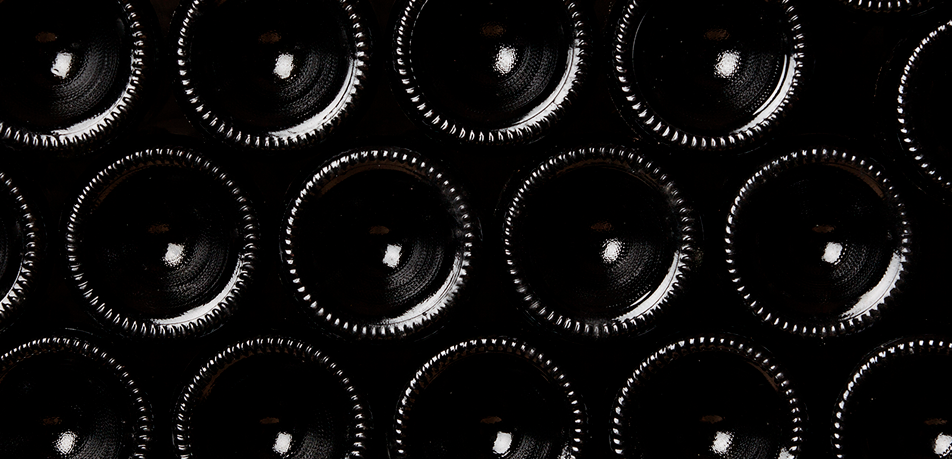7 TIPS FOR STORING WINE

If you keep your wine bottles in the kitchen, next to the microwave or fridge, read this article immediately.
Wine needs care and pampering and a suitable place to while away the time until it is opened. Wine has a life of its own and continues to evolve in the bottle; it matures, and we need to do our part to make it is at its peak when we pour ourselves a glass. The wine will reward us for it.
The easiest and most effective option is a wine cellar or cabinet consistently kept at the perfect temperature, but you might not have considered this option yet or lack the space. Or both. So for the time being, here are a few tips:
Light
Exposing wine to direct light isn't great. The bottles should be kept somewhere dark, where they are shielded from light, especially sunlight, because the sun's UV rays set off chemical reactions that can ruin the wine. Artificial light may cause the label to fade, but that's about it.
Temperature
Avoid subjecting the bottles to shifts in temperature. Ideally, they should consistently be kept at 10 to 15ºC. At higher temperatures, the wine will age more quickly than usual. In other words, it shortens its “useful” life. The kitchen isn't the best storage place, because it tends to be the warmest room in the house. Temperatures below the ideal range aren't good either, and that includes the fridge. The lack of humidity can dry out the cork, causing it to shrink and let in tiny air and bacterial particles that could degrade the wine. All you need to monitor the temperature is a normal household thermometer.
Ventilation
Although the bottles are best stored in a dark place, at a consistent and relatively low temperature, this does not mean that they should be sealed off hermetically. A little ventilation is good. It lowers the chance of mold and cuts down on the odors that could contaminate the wine.
Odors
Odors don’t permeate glass bottles, but we should not store our wines in the kitchen, for example, or in places where we store items like detergent and other cleaning or chemical products.
Storing position
Try to keep your wines in a horizontal position. The liquid should be in direct contact with the cork. As mentioned earlier, if it dries out, the cork shrinks and lets in air. If the bottle has a screwcap (usually a white of some kind), it won't run into this problem.
Motion
Ideally, the bottles will remain still, away from excessive vibrations. Also, avoid moving them too frequently. If the storage space is small, keep them relatively well organized so that you don't have to pull out the bottles and put them back in whenever you're looking for a particular wine.
Humidity
Wines are best stored at a humidity level of 65% to 80% to keep the cork in good shape and maintain its elasticity, which prevents seepage, mold, and air from entering the bottle. A dehumidifier can take care of that. If you can't ensure this level of humidity, use paper towels to reduce dampness. Conversely, if the air is too dry, you can opt for a humidifier or place a small container of water in your storage area.
All of the aforementioned tips are precautionary measures to protect the wine in storage, but there is only one way to find out if it worked: uncorking the bottle. Cheers!
